The weather is colder during the winter, and condensation and subsequent Mould are beginning to form in homes across the globe. In homes all over the UK, mold is a common problem, especially as the winter’s wet weather sets in. However, some indoor plants can lower condensation.
Houseplants are excellent for reducing humidity in a home and being suitable for decorating a room. The secret is choosing plants that don’t require constant attention and are particularly good for a given area.
However, you do need to be aware of the soil, water, and light requirements – particularly when looking for bathroom plants. Although the bathroom is the room in the house with the most humidity, not all of these plants, of course, do their best growing there.
What Are Mold And Conservation?
Mold and condensation are two issues that can be challenging to resolve. A fungus called mold grows on surfaces in moist, humid environments, posing a health risk that can result in respiratory issues and other illnesses. Condensation is the term for the water droplets on surfaces when the humidity level rises, leaving your home feeling damp and uneasy. Let’s look at 8 Houseplants to Help You Fight Condensation and Mold
1. Mint
Mint is helpful as a cooking ingredient and can also draw moisture from the air. This aromatic plant is excellent at absorbing water from the soil.” It is also perfect in the kitchen, bathroom, or living room because it absorbs a lot of humidity from the environment.

2. Spider Plants
Ribbon plants are another name for spider plants. Spider plants are very good at absorbing humidity from the environment, much like the Peace Lily. The majority of the water required by the plant is “absorbed from the air.” It doesn’t require much watering if it’s in a humid area, and it also doesn’t need a lot of light or complicated maintenance. You should be aware that it can also clean the air of formaldehyde.
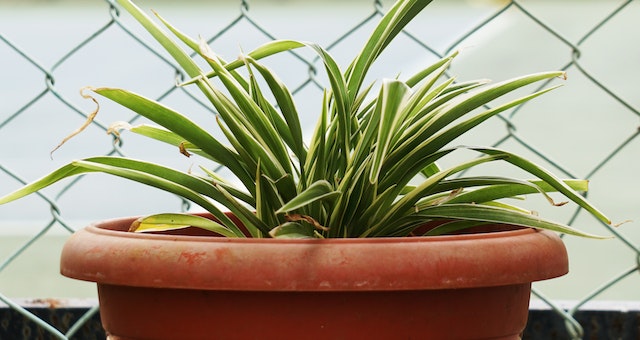
3. English Ivy
English ivy is a climber native to the UK and does best when placed high or in the air, like on a shelf. The climbing ivy will absorb the humidity in the air and keep it clean, preventing mold growth in your home.
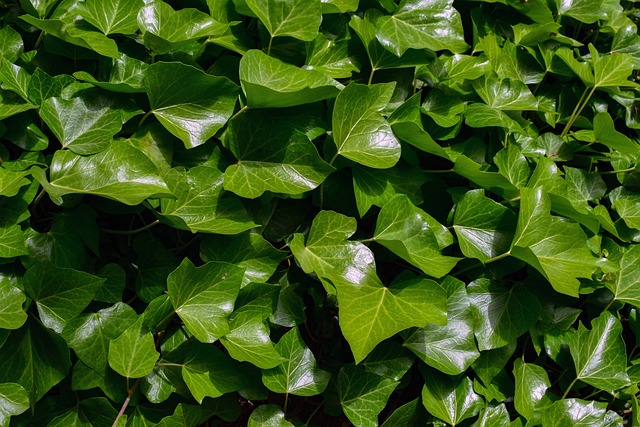
4. Peace Lily
Due to its inability to withstand frost, the Peace Lily is a tropical plant typically found indoors. It can absorb moisture through its leaves and requires little lighting, making it an excellent choice for spaces with little sunlight and high humidity. The plant needs more water, a more protected location, or a supply of compost if its leaves turn brown.
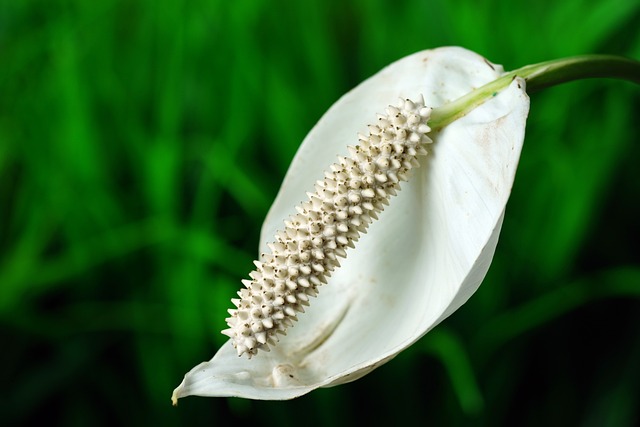
5. Calathea Plant
A typical plant used to decorate offices indoors is the calathea plant. Both homes and businesses frequently use it. It is a particular plant that does best in indirect light, making it ideal for use inside and in commercial buildings. Because they are typically simple to maintain and look great, calathea plants are popular indoors because they provide vibrant green plants to liven up indoor spaces.
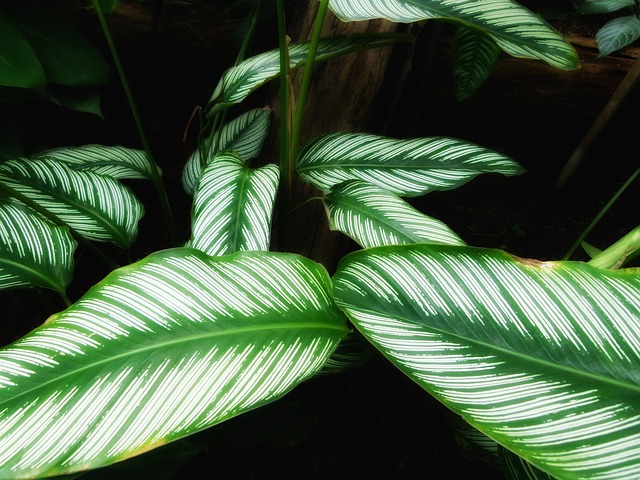
6. Niaouli
As members of a family of shrubs and trees native to Australia, niaouli plants are accustomed to warm and humid conditions. This particular tree, which can grow to a height of 20 or 25 meters but can be easily pruned to control its growth, is known to be one of the trees that absorb moisture more effectively and is very useful in soils with excess water.
7. Palms
Additionally, palms effectively absorb moisture through their numerous leaves. Bamboo palms, lady palms, dwarf date palms, and areca palms are the best for sucking up condensation because they grow well indoors.
8. Snake Plants
The best plant for the job, snake plants are resilient and adaptable, making them the ideal plant for beginners. For optimum growth, they prefer a sunny location and warm temperatures. According to NASA research, plants also filter household toxins, keeping the air clean and preventing mold growth. These plants have flowers that have a pleasant scent and bloom “every few years.”








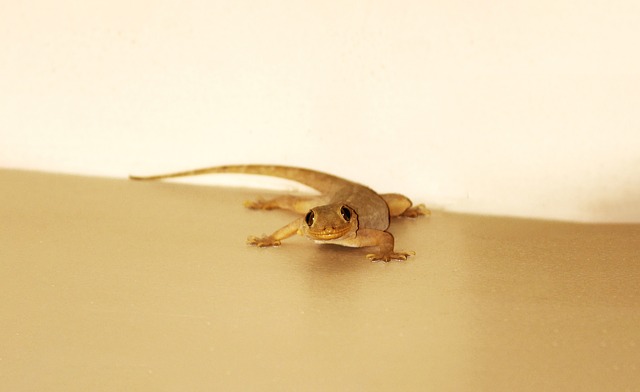




I’m a plant mum so this really makes sense to me. My current fave is the snake plant. You’ll hardly go wrong with this.